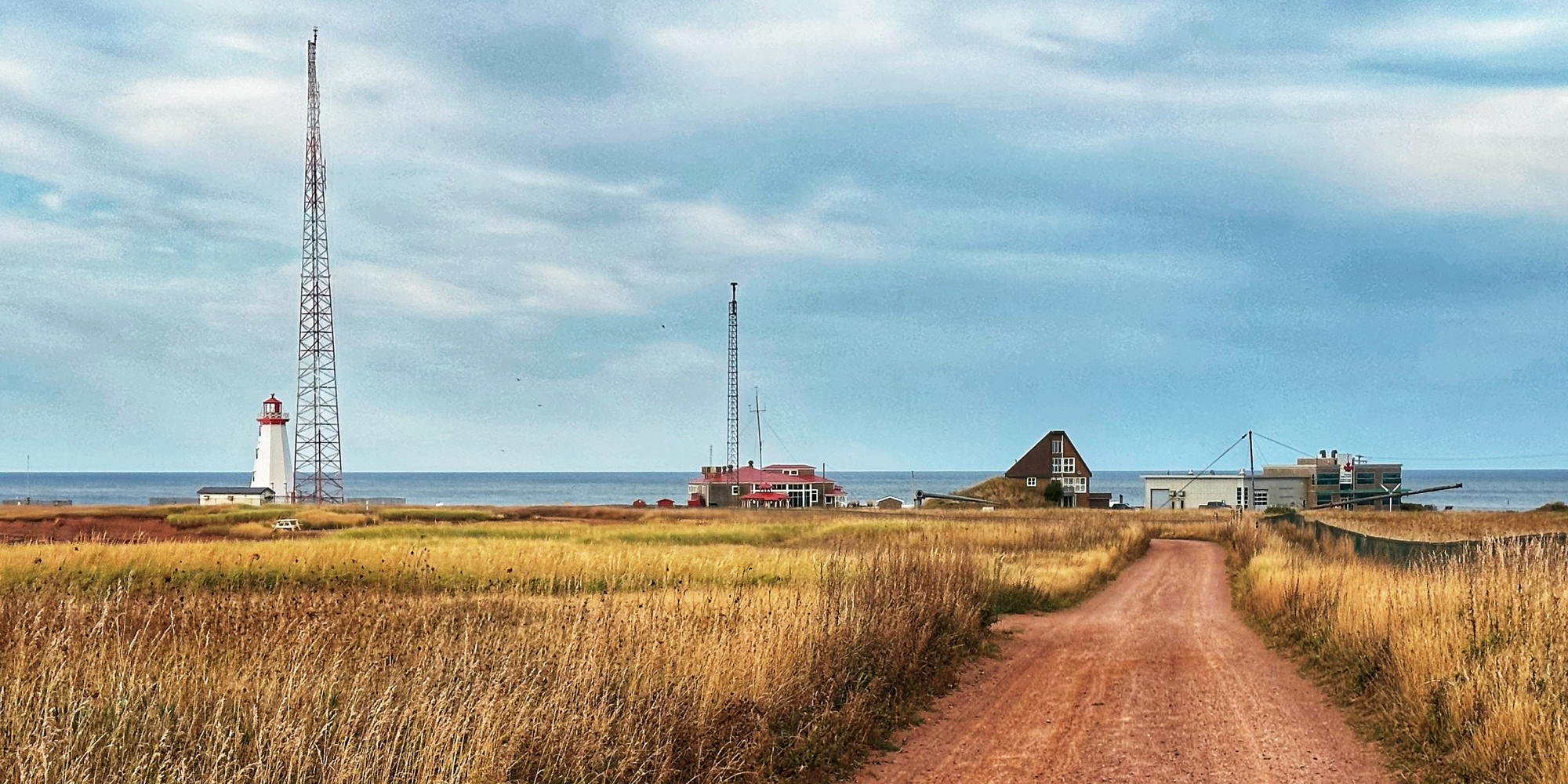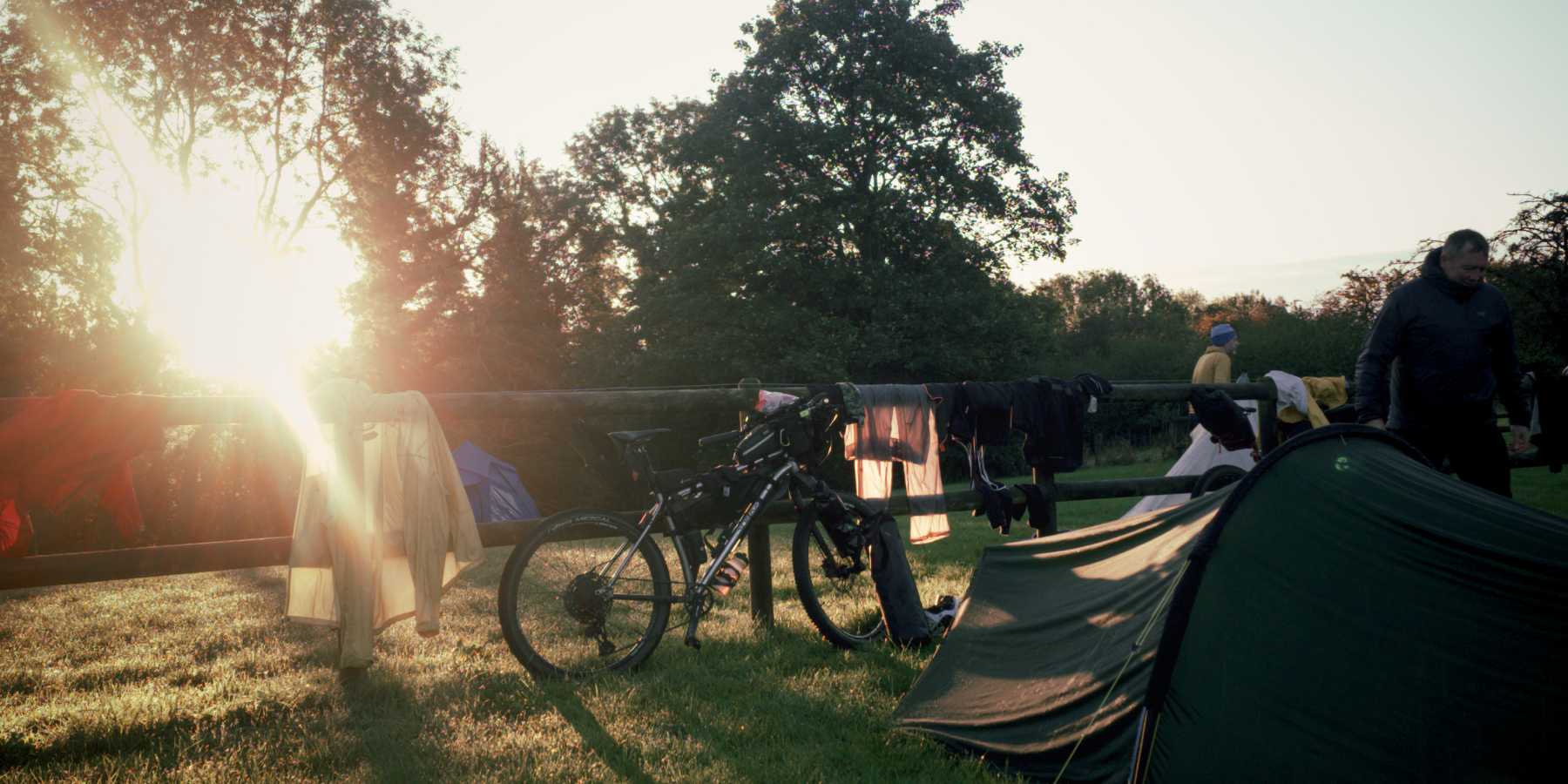The 1965Ride is a nine-day cycling tour from Johannesburg to Queenstown (Komani) in the Eastern Cape. Its purpose is to raise money for school bursaries supporting underprivileged youth in the area. Over the past 15 years, the ride has raised nearly R10 million. This year, 15 cyclists took part and covered 830 kilometres in nine days.The ride follows a gentle pace, ending each day at a bed and breakfast in a small Free State or Eastern Cape town. Many of these places, like Ladybrand and Zastron, were towns I had never even heard of before. At the end of each day, a hearty lunch and dinner awaited us, usually with two helpings of dessert. After long hours in the saddle, the comfort of a good meal and a soft bed felt like magic. Along the way, we were also treated to delicious crunchies, fruit cake, and Easter eggs, all of which were very well received.

Growing up in Komani, the 1965Ride was a big deal. I remember how all of us schoolchildren would gather around the athletics track, hoping to get a high-five from a cyclist. The ride ends at the local tartan track, where around 4,000 children line the perimeter to cheer and welcome the cyclists into Komani. It is usually an emotional moment, often met with a few tears from the riders.
Back then, I did not really understand what the ride was about. I just thought it was cool. These cyclists came from far away and their bikes looked nothing like mine. I enjoyed cycling, but two kilometres to hockey practice was about as far as it went, especially with parents who were not riders themselves. Last year, while job-shadowing an attorney, I witnessed a grandmother in court who owed R40,000 in school fees for her granddaughter. She was surviving on a social grant. That moment made me think back to the 1965Ride. I understood then what its purpose really was and what it meant, far better than I ever had at twelve years old. I decided to sign up. I knew I could not fix everything, but I could ride, and maybe I could make a difference.

Cycling demands a lot from you. It requires discipline and a level of commitment that, at first, feels entirely personal, focused on your own fitness and goals. But the longer you ride, the more you begin to realise that it starts to shape the people around you as well. You learn what the "pain cave" feels like – that point where you think you cannot go on, and then somehow, you do. You discover that you are more resilient than you ever imagined. Over time, this extends beyond the bike. It builds mental strength that carries into every other part of life. Especially as women, we are often told where our limits lie. We are boxed in. But cycling, particularly in a group of strong, inspiring women, reminds me that we can go beyond those boundaries. That is why SHEovita’s initiative means so much to me. It is a tangible expression of women in cycling and the well-earned place we hold in the sport, whether for speed or for adventure. Female cyclists are rare in Komani, and seeing so many women on this tour, wearing bright pink bib shorts, was a powerful reminder that we do not need to dull ourselves to fit in.
In the beginning, I thought I needed to blend in. I wore muted colours, kept things simple, and just tried to look like I belonged. But then Ashley arrived one morning in magenta Apex bib shorts, and I felt this spark. That kind of self-expression matters. I have always loved bright and bold outfits, the kind you need to look at twice to take it all in. And while style is important, so is practicality. My Polartec gilet was my go-to — perfect for chilly mornings and easy to tuck into a back pocket once the sun came out 20 kilometres in. Comfort counts when you are on the saddle for 39 hours and 15 minutes.

I was lucky to ride with my roommate Jan for most of the tour. She was such an inspiration to me when it came to doing the physical activity you love, no matter the external conditions. She started running the Comrades at the age of 60 and has since completed six races, with a personal best of 9:03. She only took up cycling at 70, after running injuries. She jokes that she is a "geriatric novice," but she still climbed hills better than most of us. Jan is living proof that it is never too late to start. She shared story after story about her adventures, but one stuck with me. During the Maluti Double 90 race, in terrible weather and facing a brutal final climb, Jan had been struggling. Her team waited and slowed their pace so they could finish together, even though it meant sacrificing their time. That kind of solidarity, that sense of community, is what we had on the 1965Ride. We all rode together and waited for each other, pushing one another and reminding ourselves that there is always a support system.

Cycling lets you see the world in this beautiful, unhurried way. It is fast enough to feel the thrill, but slow enough to truly take in your surroundings (which I had to be reminded to do from time to time). We rode past fields of pink cosmos and towering sunflowers. Day seven was particularly special. We crossed the Orange River at Aliwal North and finally entered the Eastern Cape, having climbed around 5,500 metres. Suddenly, all the saddle soreness disappeared. We were almost home. When we started seeing the familiar Eastern Cape number plates honking encouragement, something lit up in our group.

Community is everything in cycling and especially on the 1965Ride. It is the people who wait for you at 7 a.m. to start riding for the day, the people who give you a push up the hill, and the people you debrief with after the ride. But it is also the loved ones who cheer you on, believe in you, and help you keep going when you feel like you cannot. For us, it was all the people who helped us build up our fitness to be ready to cycle for nine days straight.
There is something powerful about consistency. Everyone says it is the key, and it really is. I had a crazy week of varsity work. The ride started on Wednesday. On Monday, I could not say no to watching the Varsity Cup with some friends, and on Tuesday I had a term assessment. I flew to Johannesburg from Cape Town straight after the test, arriving in Joburg at 11 p.m. the night before the ride. I started cycling the next morning at 7. It was rough, but the work had been done. It did not matter. The training showed. You cannot fake that. You cannot buy it or shortcut it with a better bike. It is earned. There was one moment, on the second to last day, that I will never forget. We were deep into the climbing and I started recognising the landscape, really seeing it for the first time. I thought, “Wow, I have cycled over 700 kilometres and I am still going.” I felt this wave of gratitude. I remembered why I ride.

People ride for different reasons. For me, it started as a Grade 6 child on the athletics track, watching cyclists arrive from Johannesburg and thinking they were crazy and maybe a little bit cool. There is something intoxicating about it. Whether it is 830 kilometres or a two kilometre commute, riding gets under your skin.
The second to last day also felt like it would never end. I knew the route by heart, and by car it is nothing. But on the bike, it dragged. It reminded me that it is easier when you are at the front, drafting behind the peloton or the support vehicle. But when you are at the back, it is a constant catch-up. Still, you keep going because of the training, the community and that quiet voice inside that keeps whispering just keep going. It is easier when you know there will be 4,000 schoolchildren at the end excited to get a high five from you.

Written by Alessandra Wijtenburg.


